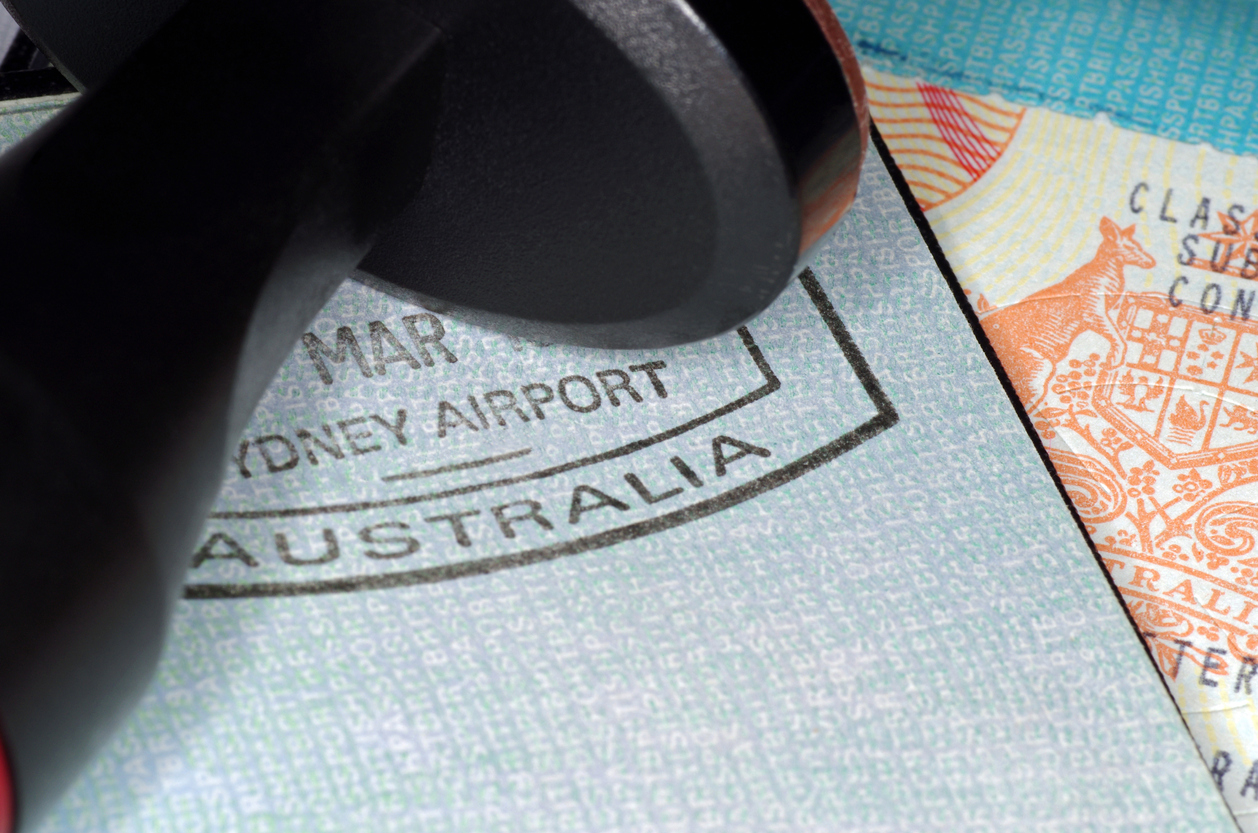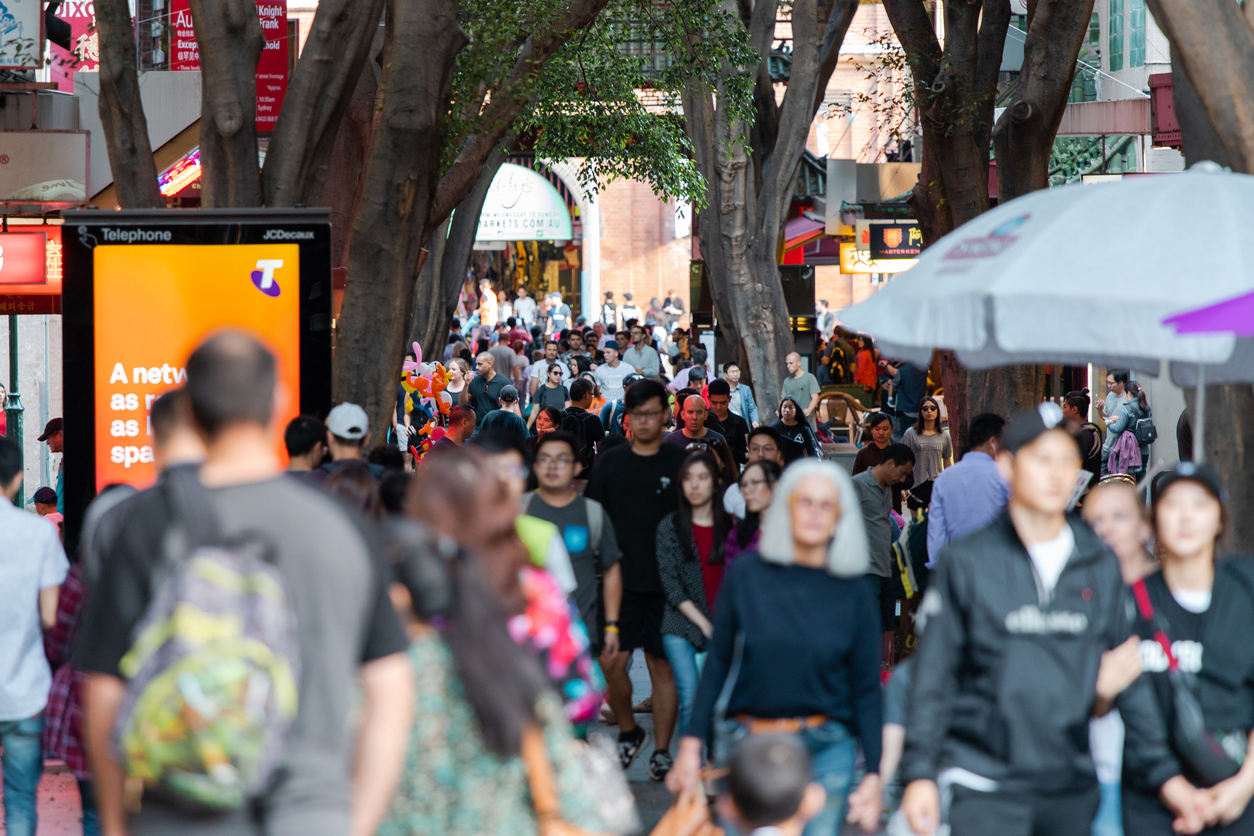PM Signals Migration Cut to Curb Population Concerns
Scott Morrison has proposed to develop an immigration policy with a “bottom-up” approach in a bid to counteract the nation’s population concerns.
Morrison invited state premiers and chief ministers to bring their population strategies to the next Council of Australian Governments meeting, during a speech he delivered at the Bradfield Oration this week.
“This will feed into the setting of our migration caps and policies for next year, ensuring that migration is finally tied to infrastructure and services carrying capacity,” Morrison said.
The PM said his approach will be to “move away from top-down discussions about population” in setting Australia’s migration intake caps.
“Our migration programs need to be built into what the carrying capacity is of infrastructure and services.
"And the states and territories have the ability to answer that question.”
Morrison said he anticipates this would lead to a reduction in Australia’s current migration settings, with the nation’s permanent intake almost 30,000 a year below its current cap.
Related: Australia Needs to Triple Its Social Housing by 2036

While the PM acknowledged population growth has played a key role in the nation’s economic success, he said Australians living in major cities were concerned about population.
“They are saying: enough, enough, enough.”
“The roads are clogged, the buses and trains are full. The schools are taking no more enrolments. I hear what you are saying.”
“That’s why we need to improve how we manage population growth in this country. We have become, especially in Sydney and Melbourne a victim of our success.”
Australia’s population grew by 6 million, in the two decades to 2016, with migration making up 54 per cent of that increase.
Morrison noted, without migration, Australia’s workforce would be shrinking by 2020.
With migration, the Productivity Commission estimates that labour force participation will be around 10 per cent higher in 2060.
“And contrary to what is sometimes claimed, the Productivity Commission has found that migration confers no negative outcome to employment for those who are Australian born. In fact, it increases opportunity for Australians”.
Related: Infrastructure, Migration and the ‘Mini-credit’ Crunch: Deloitte

Migration and the property industry
Housing Industry Australia’s Principal Economist Tim Reardon said the economic growth over the past decade has been built on the back of strong growth in skilled migration
“This population growth has led to a boom in residential building,” Reardon said.
“The building and construction industry now employs one in ten workers and supplies at least one in five of every dollar of revenue to the states.”
Reardon believes a dramatic change in migration intake can create economic shocks to major industries, especially the building industry.
Reardon noted Australia’s population growth rate has been slowing for the past 18 months and is likely to continue as Australia becomes a less attractive destination for skilled migrants in comparison to other developed economies.
“Tighter Visa requirements and punitive taxation regimes imposed on foreign investors last year are continuing to shift migration and investment away from Australia, toward our major trading partners,” Reardon said.
“Governments should be cautious of thinking that migration and investment can be switched on and off.”
Urban Taskforce chief executive Chris Johnson said the proposal to develop an immigration policy needs to be balanced with national leadership on infrastructure.
“Ultimately the discussion on immigration numbers and where growth should occur will be a balance between bottom-up opportunities for growth and top-down leadership on how to manage growth through new infrastructure.”
Johnson believes a condition of federal funding for infrastructure should be the cutting of red tape in planning systems, which he says is adding unnecessary costs to housing, especially in Sydney.
“We believe significant growth can occur in Australian cities like Sydney if new infrastructure is matched with the new growth.”
The PM is set to use a Council of Australian Governments meeting next month to convene a conversation about population with state and territory leaders.














